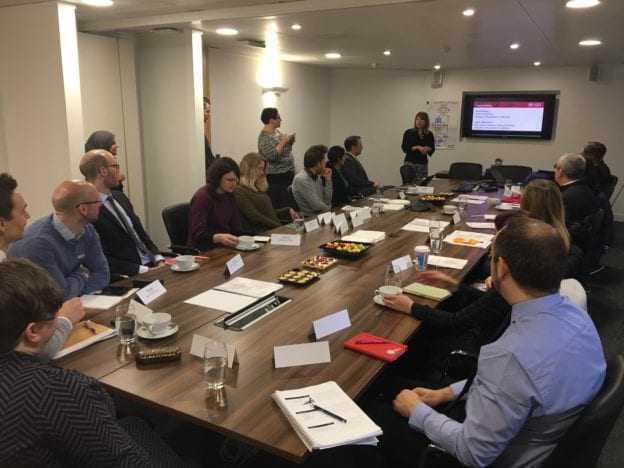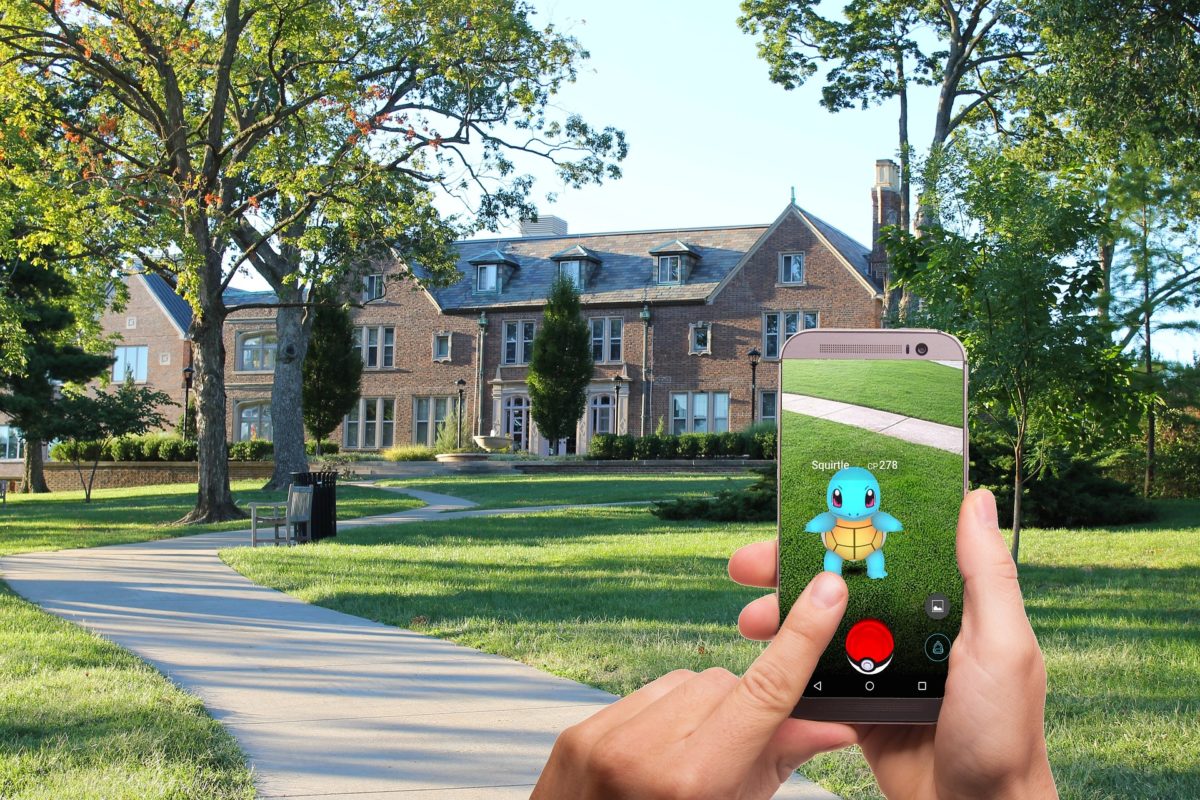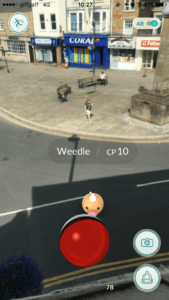The internet is awash with rumours. And we, at DTW HQ, are 90% certain they are true: Facebook will (we think) be removing organic page posts from the news feed (but not yet).
What is an organic page post?
Currently, when you log into Facebook, your news feed is populated with posts from both profiles (your friends) and pages (brands or businesses). Some of the posts from brands or businesses are organic posts – these are from pages you have liked or followed, others are paid posts – these are from pages who have paid Facebook to show their content in more news feeds. Guess who Facebook likes more…
Since 2013, organic posts have been hitting fewer news feeds, triggering marketers to pay Facebook more and more for the privilege of having their content appear in these feeds.
What’s happening now?
Facebook are currently testing moving those organic (non-paid) posts to a new ‘Explore’ feed only in some countries, freeing up the news feed for posts shared only by profiles and people.They claim they have no current plans to roll this out globally. However, it would be more of a surprise if they don’t do this for everyone.
Facebook’s ad spend ‘only’ increased by 27% last quarter, as opposed to Instagram’s 55% and Snapchat’s 73%.
What does this mean?
At the moment, there’s nothing to do but carry on as normal. Facebook have stated they aren’t planning any major changes to the feeds, but we all need to be keeping a close watch on that organic reach.
It does mean marketing budgets will need to consider more money for paid promotion on Facebook should they want to keep a similar level of interaction and reach that they’re used to.
We don’t know if or when this will happen, but, as they say in the Cub Scouts, always be prepared – and hang on to your Facebook budget – you’re going to need it.











 w craze on the loose. You may have observed groups of people walking around your town talking about ‘gyms’ and ‘Pokestops’ and teams. They’ll all be looking at their phones. Or you may have seen videos of stampedes of crowds in New York running into a dark Central Park as they seek a rare ‘monster’.
w craze on the loose. You may have observed groups of people walking around your town talking about ‘gyms’ and ‘Pokestops’ and teams. They’ll all be looking at their phones. Or you may have seen videos of stampedes of crowds in New York running into a dark Central Park as they seek a rare ‘monster’.


